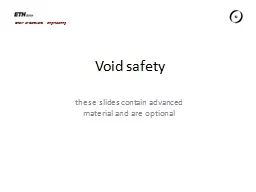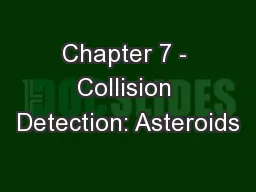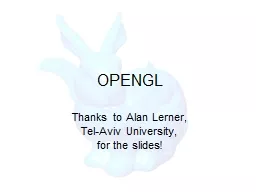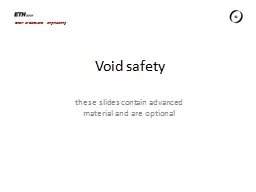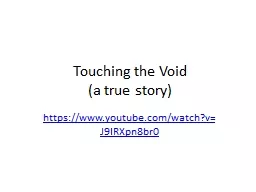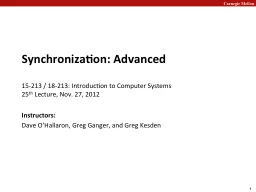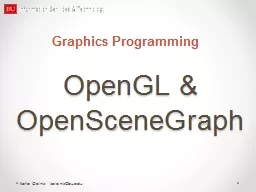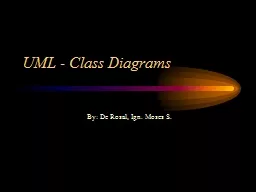PPT-Void safety
Author : alexa-scheidler | Published Date : 2015-10-22
these slides contain advanced material and are optional The inventor of null references I call it my billiondollar mistake It was the invention of the null reference
Presentation Embed Code
Download Presentation
Download Presentation The PPT/PDF document "Void safety" is the property of its rightful owner. Permission is granted to download and print the materials on this website for personal, non-commercial use only, and to display it on your personal computer provided you do not modify the materials and that you retain all copyright notices contained in the materials. By downloading content from our website, you accept the terms of this agreement.
Void safety: Transcript
Download Rules Of Document
"Void safety"The content belongs to its owner. You may download and print it for personal use, without modification, and keep all copyright notices. By downloading, you agree to these terms.
Related Documents

